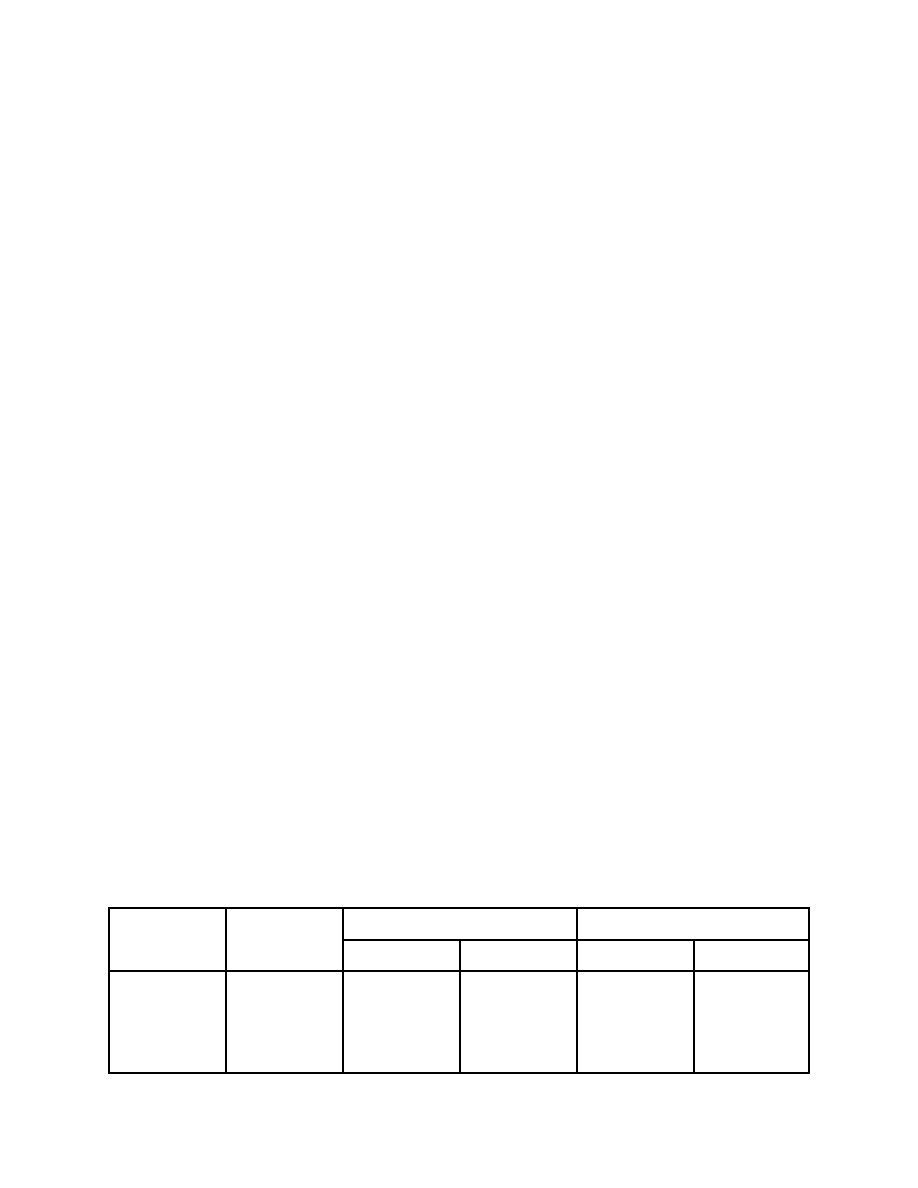

· To manufacture equipment (spare parts,
test sets, etc.) in-house or to buy from
commercial sources
commercial sources
· To contract for services or to direct-hire
required personnel
· To centralize or decentralize operations
and/or maintenance crews and facilities
(stores, warehouses, etc.)
(stores, warehouses, etc.)
Examples of the broad range of applications
Include analysis of a turbine runner replace-
ment or a generator rewind. As a
maintenance manager, analyze your own
facilities and programs with the thought of
improving productivity, safety, and reliability.
Stretch your thinking beyond the
conventional, accepted norms; seek new
solutions. Chances are the programs you
Inherited are running on their own Inertia.
Compare your existing programs with non-
Reclamation programs In your area. Look at
the old and keep what is good - what still
makes sense - then evaluate alternatives for
needed new programs.
Include analysis of a turbine runner replace-
ment or a generator rewind. As a
maintenance manager, analyze your own
facilities and programs with the thought of
improving productivity, safety, and reliability.
Stretch your thinking beyond the
conventional, accepted norms; seek new
solutions. Chances are the programs you
Inherited are running on their own Inertia.
Compare your existing programs with non-
Reclamation programs In your area. Look at
the old and keep what is good - what still
makes sense - then evaluate alternatives for
needed new programs.
2.3. Determine costs and benefits.- Set up a
"discounting table" showing costs and/or ben-
efits and their present values (P) for each
year of the proposed program in the following
for
"discounting table" showing costs and/or ben-
efits and their present values (P) for each
year of the proposed program in the following
for
mat:
Once you understand this format and the ex-
amples given later on, you will be in a
position to make rational economic decisions
on an amazing variety of matters. The
discounting table is the heart of the economic
analysis, and, when properly applies,
becomes a powerful tool. Now consider costs
and benefits.
amples given later on, you will be in a
position to make rational economic decisions
on an amazing variety of matters. The
discounting table is the heart of the economic
analysis, and, when properly applies,
becomes a powerful tool. Now consider costs
and benefits.
2.3.1. Costs typically Include such items as:
· Land
· Labor
· Material
· Leasing charges
· Contractor services
· Research and development
· Planning, design, and construction
· O&M expenses
The determination of costs is basic to eco-
nomic analysis; it provides the decision
maker with the economic facts that are avail-
able, so the economic sot of a decision is
known before the program is started. Failure
to determine economic costs is perhaps the
greatest single cause of program failures.
Cost information requires proper doc-
umentation to provide a trail for validation of
the analysis. In giving cost data, four princi-
ples apply:
nomic analysis; it provides the decision
maker with the economic facts that are avail-
able, so the economic sot of a decision is
known before the program is started. Failure
to determine economic costs is perhaps the
greatest single cause of program failures.
Cost information requires proper doc-
umentation to provide a trail for validation of
the analysis. In giving cost data, four princi-
ples apply:
· State all assumptions
· State all sources
· Use full disclosure of all elements of the
study
· Be consistent in the analysis
2.3.2. Benefits typically include such items
as:
· Performance (productivity, safety,
reliability)
· Output (capacity, volume, plant factor)
Program
year
Discount
factor
Alternative A
Alternative B
Costs (P)
Benefits (p)
Costs (P)
Benefits (p)
1
2
3
4
etc.
2
3
4
etc.
(FIST 4 - 3)
2